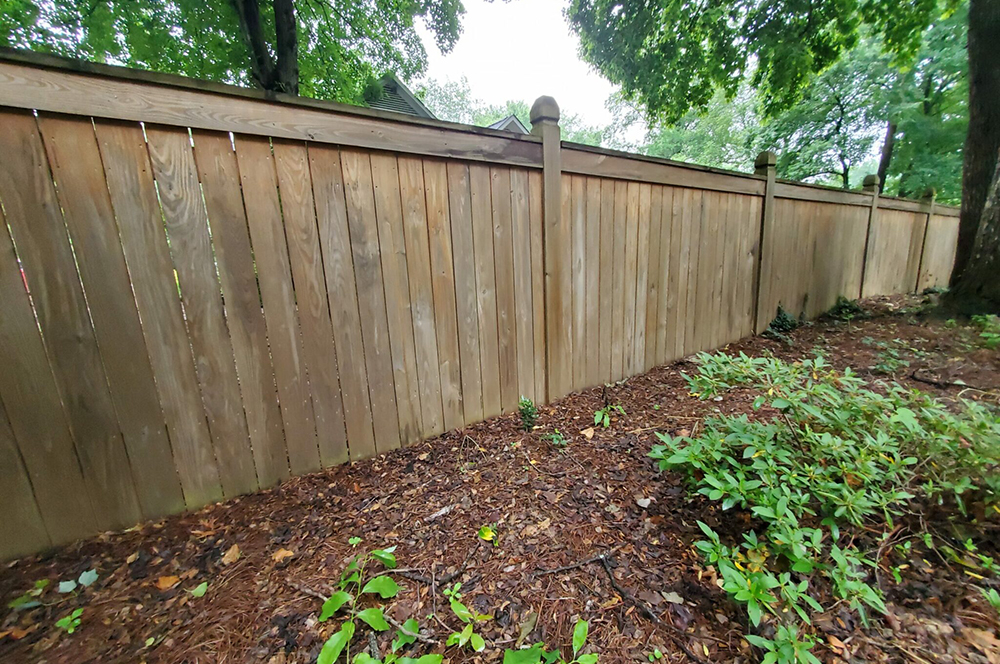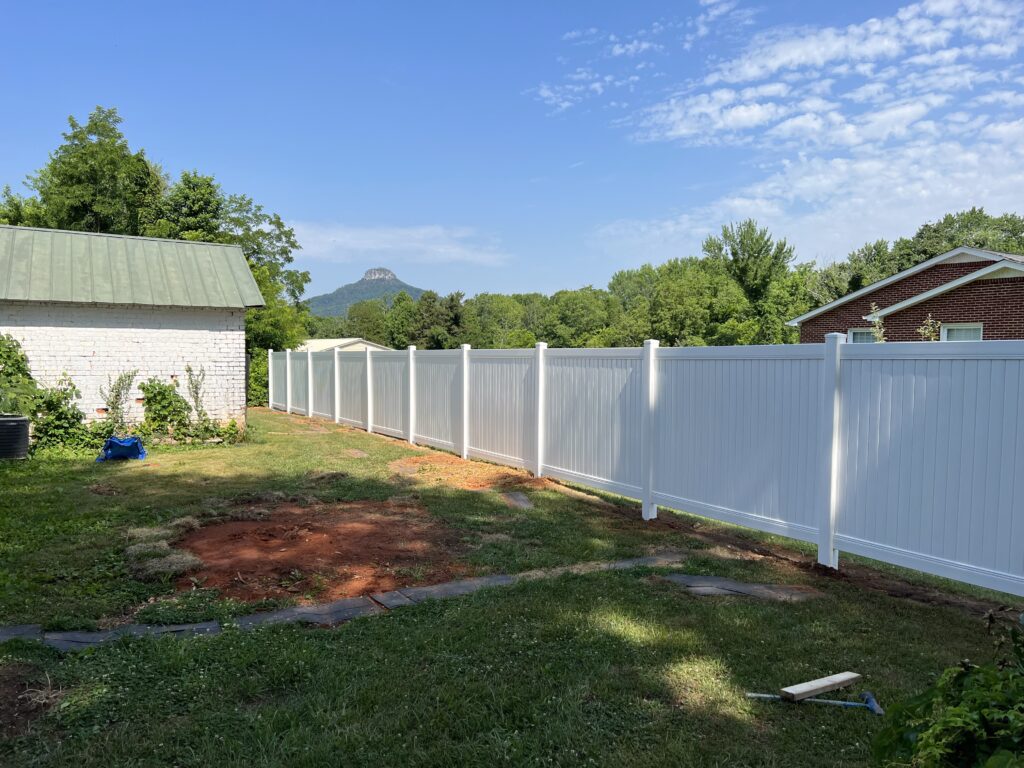If you are looking for tips on how to prevent and manage weeds by a fence, you have come to the right place. In this blog post, we will discuss some of the best ways to keep your property weed-free. We will also provide some helpful advice on how to deal with any weed problems that may arise. So, whether you are just getting started with fencing or have been using one for years, be sure to read on for valuable information!
What are weeds and why do they grow near fences?
Weeds are simply plants that grow where they are not wanted. They can be very difficult to control and often spread quickly. Weeds usually grow near fences because they are looking for a place to get sunlight and water. Fences provide the perfect environment for them to do this.
A chain link fence, in particular, can be a hotbed for weeds. This is because the gaps in the fence allow sunlight and water to reach the soil below. As a result, it is important to be extra vigilant about preventing and managing weeds near chain link fences.
How to identify weeds and prevent them from growing
The best way to identify weeds growing near your fence lines is to look for plants that are different from the rest of your landscaping/garden. They may be a different color or have a different shape. If you see any plants that look out of place, it is likely a weed.
The best way to prevent weed populations from growing is to keep your landscaping well-maintained. This means regularly pulling up any weeds that you see regularly. If your fence perimeter is along landscaping (compared to grass), using a layer of mulch will help prevent weed seeds from germinating.
How to manage weed growth near fences
If you already have a weed problem, don’t despair! There are still things that you can do to manage it. First, try to pull up the weeds by hand while wearing gloves. This is often the best way to get rid of them. If the weeds are too entrenched, you may need to use herbicide treatments. Be sure to read the instructions carefully and apply it only to the areas affected by weeds. If you feel uncomfortable managing the weed problem yourself, you can always hire a professional landscaper to help you.
FAQs about fencing and weed control
Q: Will a fence stop weeds from growing?
A: No, unfortunately a fence will not stop weeds from growing. However, it can help to prevent them from spreading.
Q: How often should I pull up weeds?
A: This depends on the severity of your weed problem. If you have a few weeds here and there, you can probably get away with pulling them up once a week or so. However, if you have a major weed problem, you may need to pull them up daily.
Q: Can I use herbicides near my fence?
A: Yes, but be sure to read the instructions carefully and only apply the herbicide to the areas affected by weeds. You don’t want to accidentally damage your fence or the surrounding vegetation.
Q: What are residual herbicides?
A: Residual herbicides are chemicals that stay in the soil and continue to kill weeds even after they have been applied. This can be helpful if you have a particularly bad weed problem.
Q: What is a selective herbicide?
A: A selective herbicide is a chemical that only affects certain types of plants. This can be helpful if you want to kill weeds without harming your other plants.
When to consult with a landscaper
If you have a serious weed problem that you are unable to control, or simply don’t have the time or ability to weed regularly, it is always a good idea to consult with a professional landscaper. They will be able to assess the situation and recommend the best course of action. They will also be knowledgeable about what type of chemicals can be used near your fence without damaging it.
Control weeds by your fence line and enjoy the view!
We hope that this blog post has been helpful in teaching you how to prevent and manage weeds by your fence. Remember, regular maintenance is key! If you have any further questions, feel free to consult with a professional landscaper. They will be able to help you create and maintain a beautiful landscape that is free of weeds.



